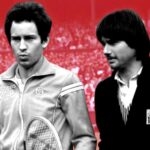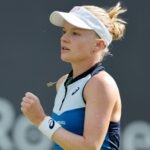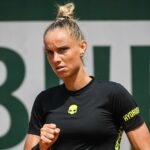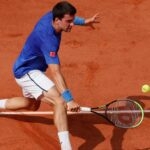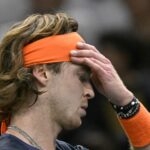December 19, 1987: Sweden triumph over upstarts India in unlikely Davis Cup final
India were pushing for a Davis Cup upset for the ages in 1987, but big bad Sweden stepped in to restore order in the final
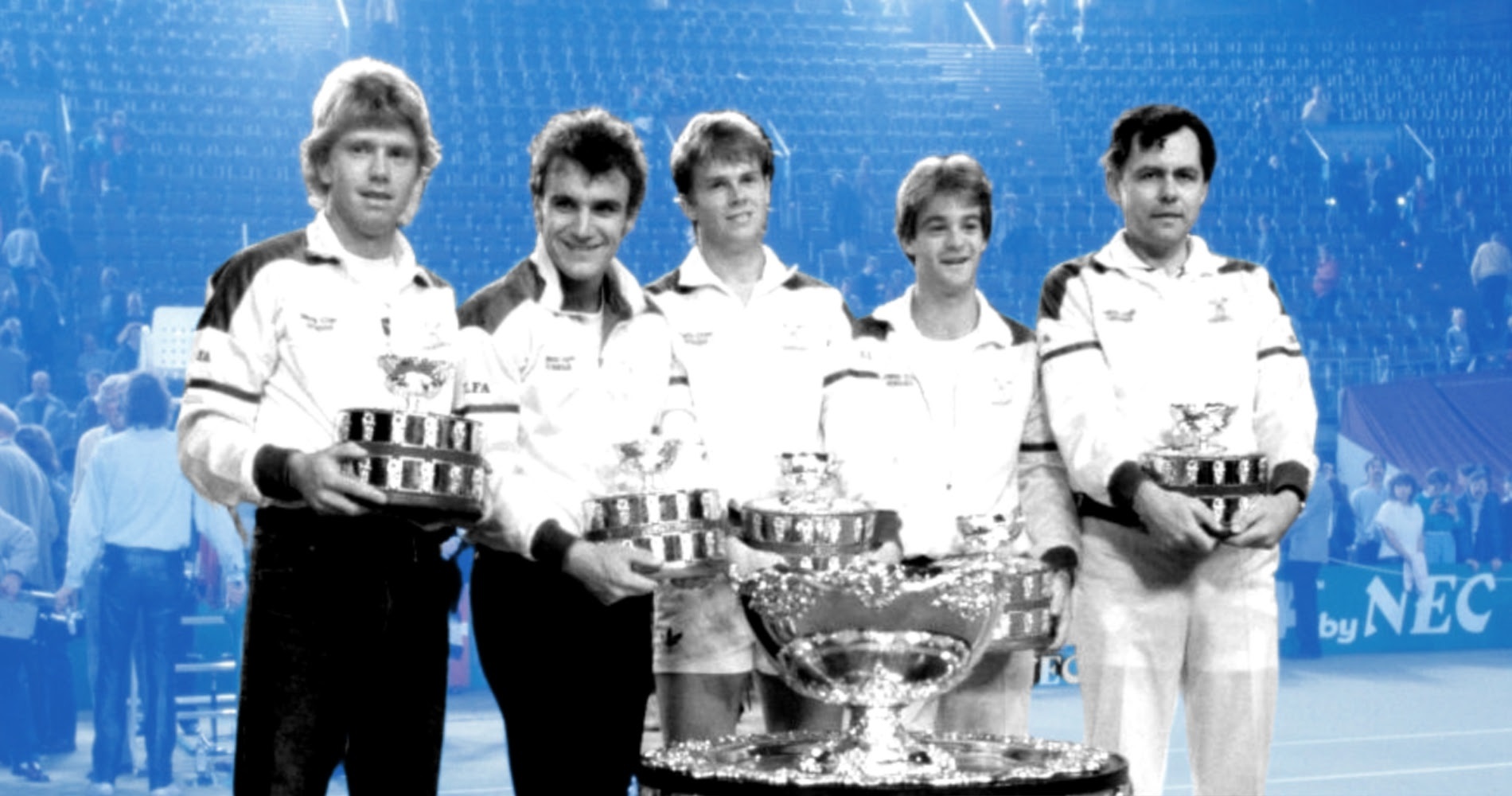 Sweden On this Day Davis Cup 1987
Sweden On this Day Davis Cup 1987
What happened exactly
On this day, December 19, 1987, Mats Wilander and Joakim Nystrom won the doubles against Vijay and Anand Amritraj, from India (6-2, 3-6, 6-1, 6-2) to give Sweden their third Davis Cup title after one of the most unlikely finals in the tournament’s history. While Sweden were one of the dominant countries at the time, no one had predicted that India would make it into the finals with only one player, Ramesh Krishnan, ranked in the top 100. Yet the Indian team upset Australia in the semi-finals, before their run was brutally ended by the Swedish players, 3-0.
The players involved: Sweden and India
- The Swedish pair: Mats Wilander and Joakim Nystrom
Mats Wilander, born in 1964, had been very successful at a particularly young age. In 1982, aged only 17 years and 10 months, he had become the youngest player ever to lift a Grand Slam trophy, beating clay court legend Guillermo Vilas in the final (1-6, 7-6, 6-0, 6-4). He had also made himself famous for a memorable act of sportsmanship earlier in the tournament. In the semi-final against Jose-Luis Clerc, on his first match point, he reversed a call that would have sealed his victory after the umpire had already announced “game, set and match”.
In 1982, in a Davis Cup quarter-final, he also played what was then the longest match of the Open Era, losing after six hours and twenty-two minutes of play to John McEnroe (9-7, 6-2, 15-17, 3-6, 8-6). Runner-up to Frenchman Yannick Noah at Roland-Garros in 1983 (6-2, 7-5, 7-6), he claimed a second Grand Slam crown a few months later, defeating Ivan Lendl (6-1, 6-4, 6-4) to triumph on the Australian grass. This was done to general astonishment, as Wilander’s game style was more suitable for clay court. In 1984, he successfully defended his title in Melbourne (defeating Kevin Curren in the final, 6-7, 6-4, 7-6, 6-2), and in 1985, he added a second Roland-Garros trophy to his list of achievements (beating Lendl in the final, 3-6, 6-4, 6-2, 6-2). In 1987, the Swede finished runner-up at both Roland-Garros and the US Open, each time defeated by Lendl, and was world No 3 at the end of the year. Wilander had also led the Swedish team to the Davis Cup title, in 1984, a feat that was repeated in 1985.
Joakim Nystrom, although he was a great player who reached world No 7 in 1986, lived in the shadow of the Swedish stars, Bjorn Borg, Mats Wilander and Stefan Edberg. Nystrom, born in 1963, claimed the first of his 13 titles in Sydney, in 1983 (defeating Mike Bauer in the final, 2-6, 6-3, 6-1). In 1985, he reached the quarter-finals at both Roland-Garros and the US Open, defeated each time by John McEnroe. His best season was 1986: reaching world No 7, he claimed no less than 6 titles, including the prestigious Monte-Carlo Open (defeating Yannick Noah in the final, 6-3, 6-2), and he reached the US Open quarter-finals a second time (lost to Miloslav Mecir, 6-4, 6-2, 3-6, 6-2). In December 1987, he held the 16th rank on the ATP rankings, having claimed his 13th title a few months before in Bastad (defeating Edberg in the final, 4-6, 6-0, 6-3).
- The Indian pair: Vijay Amritraj and Anand Amritraj
Vijay Amritraj had made himself famous in the early 1970s, reaching the Wimbledon quarter-finals in 1973 (lost to Jan Kodes, 6-4, 3-6, 6-4, 6-3), as well as the US Open quarter-finals in 1973 and 1974 (each time defeated by Ken Rosewall). In the following years, although he didn’t obtain any remarkable results in major tournaments, he claimed 16 titles on the Tour, climbing as high as world No 16, in 1980. He was one of the few players to beat Bjorn Borg (at the 1974 US Open), and in 1979, he was two points away from beating the Swedish legend at Wimbledon (finally defeated, 2-6, 6-4, 4-6, 7-6, 6-2). In 1981, he reached the quarter-finals at the All England Club again, losing to Jimmy Connors despite a two-set lead ((2-6, 5-7, 6-4, 6-3, 6-2), and in 1984, he was one of only three players to defeat John McEnroe (6-7, 6-2, 6-3, in Cincinnati). 34 years old in December 1987, his ranking had now dropped to world No 216.
Anand Amritraj, Vijay’s older brother, was born in 1952. He reached his best ranking in singles, world No 74, in 1974, and his best Grand Slam performance had been reaching the US Open third round the same year. He put an end to his singles career in 1981, without having ever played a final on the Tour. In doubles, he claimed 12 titles, eight of them partnering his brother, with whom he qualified for the 1981 Masters Cup.
The Amritraj brothers had already led India to a Davis Cup final, in 1974, but they never had the chance to compete against South Africa as India pulled out to protest against the apartheid policy.
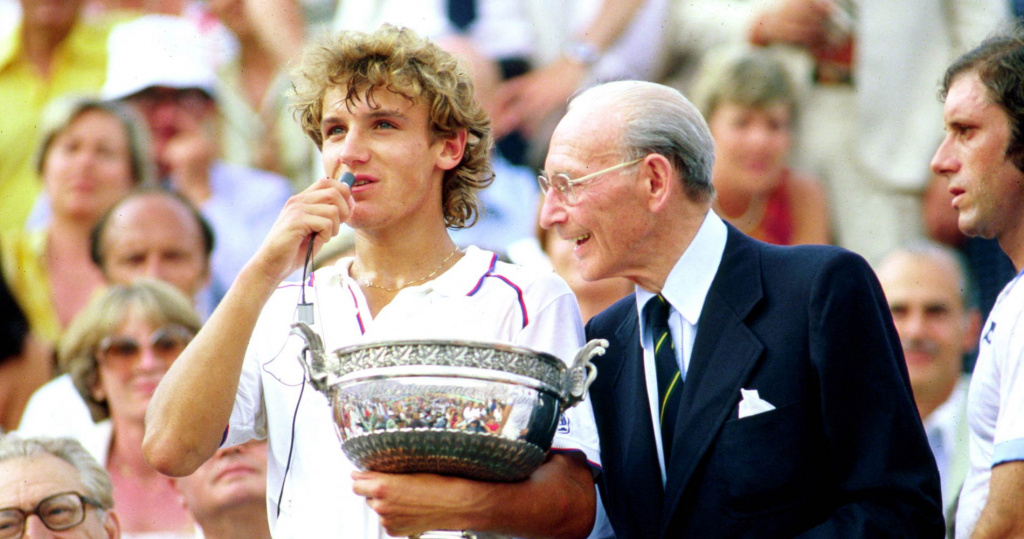
The place: Davis Cup final, Gothenburg, Sweden
The 1988 Davis Cup final was hosted by Sweden, and it was held on indoor clay at the Scandinavium Arena, in Göteborg. The arena, inaugurated in 1971, had hosted many different sports events, from the World Ice Hockey Championships to the European Athletics Indoor Championships, but also many concerts, including Led Zeppelin or, more recently, Whitney Houston. The Scandinavium, which could accommodate roughly 12,000 spectators, had already hosted the 1984 Davis Cup final, when Sweden heavily defeated the United States to win the tournament.
The facts
In the semi-final against Australia, the Indian players took advantage of Pat Cash’s injury to clinch an unexpected 3-2 victory, after their No 1 player, Ramesh Krishnan, defeated Wally Masur in the deciding match (8-6, 6-4, 6-4).
Sweden were playing the Davis Cup final for the fifth consecutive year, but usually most of the players involved on both sides were top 10 players: in 1984, the Swedish team had faced John McEnroe and Jimmy Connors; in 1985, they had to deal with Boris Becker; in 1986, they had competed with Pat Cash. This time, their top-ranked opponent, Krishnan, was world No 56, and his team-mates were outside the top 200! On top of that, Sweden, with 5 players in the top 20, had chosen to play on clay, which favoured their No 2 player, Mats Wilander, two-time Roland-Garros champion.
This time, there was no miracle for India. The Swedish No 1, Stefan Edberg, was injured, but he was replaced by Anders Jarryd, world No 15, who, at the time, was maybe even better than Edberg on clay.
“Frankly we felt that Ramesh would have a better chance against Edberg on clay and, at the very least, we were hoping that he would not have to play Wilander first off,” admitted Amritraj, according to Richard Evans. “But I suppose it was too much to hope that our fairy-tale year would have a proper ending.”
In the opening match, Wilander easily defeated Krishnan, 6-4, 6-1, 6-3, and in the second match, Amritraj was no match for Jarryd (6-3, 6-3, 6-1).
In doubles, Wilander and Joakim Nystrom faced Vijay and Anand Amritraj, who were the first brothers to play doubles in a Davis Cup final since John and David Lloyd in 1978. The doubles seemed more challenging, as the two Swedes were not specialists, and the Amritraj brothers had played the Masters Cup in 1981. However, despite the loss of the second set, Wilander and Nystrom were always in control, sealing the third Swedish Davis Cup title in four years (6-2, 3-6, 6-1, 6-2).
”We sort of fell asleep in the second set,” said Wilander, according to The New York Times. ”They played much better. They didn’t miss like they did in the first set. We came into their rhythm. But in the third set we picked up the rhythm again.”
Although Wilander had led his team to victory in 1984 and 1985, it was the first time he had the opportunity to clinch the final point.
“It feels a little bit special to have clinched,” said Wilander. ”I’ve only done it once before, but that was an early round against New Zealand four years ago.”
What happened next
Sweden would reach two more consecutive Davis Cup finals, extending their streak to seven, but in 1988 and 1989, Boris Becker’s Germany would prevail. Sweden would not reclaim the Davis Cup before 1994, when the team led by Stefan Edberg and Magnus Larsson would defeat Russia in the final, in Moscow.
India would achieve another famous upset in the Davis Cup in 1993, when Ramesh Krishnan, backed by Leander Paes, would defeat hosts France, 3-2.

